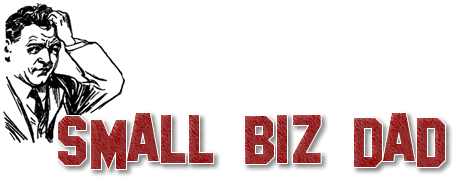Anyone who has had enough experience running or managing a team can tell how important clear and concise communication is to that team’s success. Missed messages, mixed signals, and misinformation can stall projects, lead to unchecked errors, and frustrate just about everyone involved. Cluttered communication leads to people being uncertain as to whether they have been heard or not and makes it much harder to follow the conversation. Here are a few ways to clear it right up.
Who, What, When, Where, Why
One of the biggest problems in corporate culture at the moment is too many boring meetings where not everyone should be there, or people having to sit through emails that don’t contain any information pertinent to them.
Make it a priority to carefully consider what the information you’re sending is, who needs to know it, and who doesn’t. Is it urgent enough to interrupt someone’s workflow at the moment, and why are you sending it? Asking these questions can ensure that you stick to the core of the matter and don’t waste anyone’s time.
The Uniform Approach
People from all across the business may be contributing documents to your system, each of them necessary, but a clash of styles and certainly confuse things. Different formatting and conventions in shared documents can cause confusion, but you can have your document anarchy solved by using template software that makes sure all internal communication follows and fits the same criteria.
With the familiarity, people will be able to engage with and process the information much more quickly, rather than having to spend time figuring out what this alien formatting is trying to tell them.
Construct A Process
Formalizing the different ways by which the team communicates will help a lot, as well. Left to their own devices, three people may choose to communicate the same piece of information in different ways. One may email it, one may send an instant message, and one may make a phone call or personal visit.
By formalizing the way in which the team communicates, such as using project management tools and shared dashboards, you cut out the interruptions and help better organize that approach. Different types of communication and discussion are best carried out on different platforms, but one centralizing tool can help ensure that you keep track of all of it.
Create A Candid Cadre
How you communicate only works if you feel that you can communicate what you need to. Many employees may come shy of stating something if it breaks with the status quo or a decision or judgement you have already made. They are right to fear displeasing the boss, as many of them may have experienced the worst of a superior’s ego in the past. But let them know that you are open to candid, appropriate feedback. It’s the best way to get those communication floodgates opening.
Discretion is the key to successful communication. Know who needs to hear it, what channels are best to communicate it, and how you organize and store any resources or actionable points created from it.


